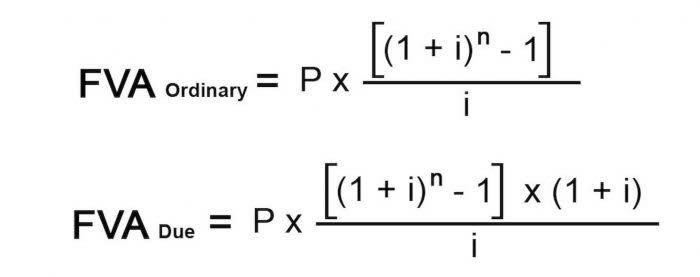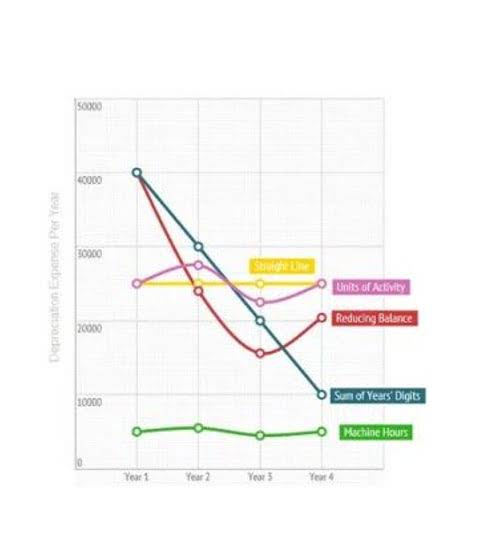The subsequent accounting for leases is just as important as the Day 1 accounting and could be significantly impacted by lease modifications. Therefore, companies should not be taking a “set it and forget it” approach when it comes to lease accounting. Instead, companies need to ensure they have processes and controls that enable them to identify and account for lease modifications completely and in a timely manner.
Accounting summary for manufacturer or dealer lessors
On the other hand, assets leased through an operating lease remain on the lessor’s statement of financial position and continue to be depreciated according to the customary depreciation policy. Payments received from operating leases are usually recognised as income on a straight-line basis. The approaches discussed below are applicable for accounting for a full lease termination under ASC 842, IFRS 16, and GASB 87.
Initial direct costs
If collectibility of the lease payments is not probably at commencement, do not derecognize the underlying asset and record any payments received as a deposit liability. The effective date of ASC 842 was different for public and private companies. Publicly-traded companies were required to transition to the new standard for reporting periods beginning after December 15, 2018. This meant calendar year-end companies adopted the standard on January 1, 2019. If a lease is modified, the lessor accounts for it as a new lease from the date the modification takes effect. Any prepaid or accrued lease payments relating to the original lease are considered part of the lease payments for the new lease (IFRS 16.87).
- The present value of the lease payments is used to establish both a lease liability and a right-of-use asset.
- The underlying asset subject to an operating lease is depreciated according to the lessor’s standard depreciation policy for similar assets (IFRS 16.84).
- For example, if the lease liability decreases by $100 based on the new payment terms, the lessee must decrease the right-of-use asset value by $100.
- For example, a lessee leases 3 floors in an office building and vacates one of the leased floors.
IFRS 16 Leases: Summary, Example, Journal Entries, and Disclosures
Because there are various options to terminate a lease, it’s important to understand the accounting treatment of an early termination under the respective new standard. Lease accounting is the process organizations use to record the financial impact of their leases. Entities are now required to record the majority of their leases on the balance sheet following the release of the new lease accounting standards. Like IFRS 16, a lessor in https://www.bookstime.com/articles/bookkeeping-for-landscaping-business a sales-type or direct financing lease accounts for a lease modification as a separate contract if the same criteria used by lessees to make this assessment are met.
It is important to note that if a lessee subleases an asset, or plans to do so, the head lease cannot be categorised as a lease of a low-value asset according to IFRS 16.B7. Based on the above remeasurement there is a debit to the lease liability of $13,553.14 and the balancingentrygoesto the ROU asset. At the beginning of year 3, the lease liability was valued at $2,457,000 and the right of use asset $2,500,053. The 2022 act affected a wide array of retirement fund and pension plan provisions. This article highlights many of the most noteworthy ones, along with relevant IRS guidance and congressional plans for technical corrections. Excel offers the ability to achieve nearly any result desired – or so many think.
More about IFRS 16
When a lease is classified as an operating lease, the underlying asset remains in the lessor’s statement of financial position and is presented according to its nature (IFRS 16.88). As previously highlighted, the present value of lease payments accruing to the lessor should be discounted at the market rate of interest, not the interest rate stated by the lessor in a lease contract. The fair value of a leasehold interest can be defined as the underlying asset’s fair value minus its present residual value. The IASB argues that allocation based on the leasehold interests’ fair values provides a more accurate reflection of compensating the lessor for the benefits depleted during the lease term https://www.instagram.com/bookstime_inc (IFRS 16.BCZ245-BCZ247).
- If you’re unsure about the implicit rate after combing through the lease, there are ways to determine the rate on your own.
- See the subsequent measurement of unguaranteed residual value for more information.
- Although companies may have dealt with lease modifications at transition, modifications that take place after transition are a key ‘Day 2’ aspect of the new standard for both lessees and lessors.
- However, for extremely long-term leases (e.g., 99 years), the present value of the lease payments could represent substantially all of the fair value of the land.
Reassessment of lease classification
Under the new standard, recognizing a lease liability and lease asset for all leases formerly classified as operating is a significant change. A lessor is defined as an entity (i.e. a person, company, or organization) providing the right to use an asset for a period of time in exchange for consideration. One of the more common scenarios of a lease agreement is an entity renting their owned property to another entity for a monthly cash payment. For example, if an organization owns a building and leases the right to use the building or space within the building, the owner of the building is the lessor, also commonly referred to as the landlord. A lessee is defined as the entity paying for the use of specific property from a lessor. For accounting for lease termination lessor example, if a person leases a vehicle from a car dealership, the person using the car is the lessee.
IFRS
- One of the more common scenarios of a lease agreement is an entity renting their owned property to another entity for a monthly cash payment.
- ASC 842 defines a lease as a contract or a portion of a contract that grants “control” of an identifiable asset for a period of time in exchange for payment.
- Any initial direct costs incurred by the lessor are included in the net investment in the lease and amortized over the lease term, rather than being recognized immediately.
- For GASB specifically, lessors will mirror the accounting on the lessee side, recognizing a lease receivable and deferred inflow of resources.
Lessees are required to calculate the present value of future lease payments to establish a lease liability and the related ROU asset. The lease liability is the present value of the future lease payments and is recorded alongside the right-of-use asset for operating and finance leases. Under IFRS 16 and GASB 87, however, a lease liability is considered long-term debt. It’s important to know how to properly calculate the lease liability amortization schedule whether you plan to use Excel or lease accounting software. The more you know, the better you’re able to ensure that the calculation is accurate.







